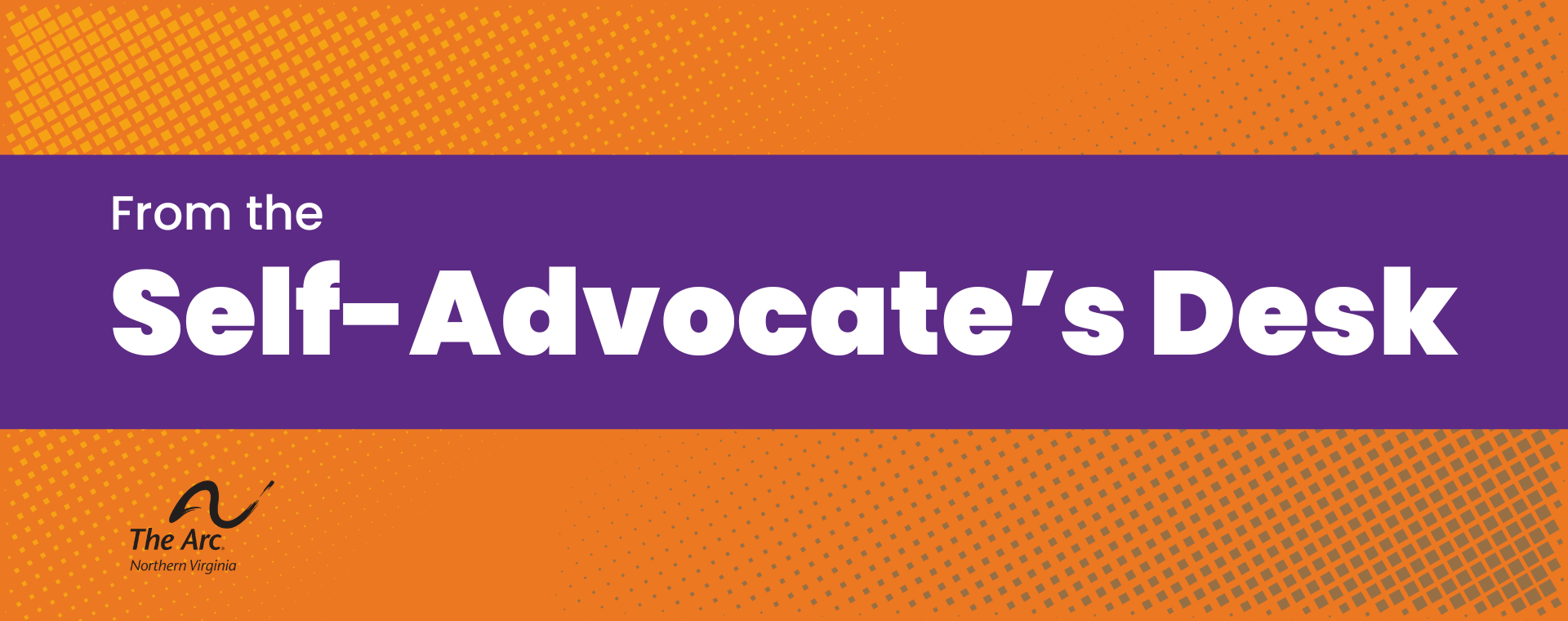Despite decades of advancement in broadband infrastructure and increased efforts in digital access, the Homework Gap—the disparity between students who have the tools and conditions to complete schoolwork at home and those who do not—continues to impact thousands of learners across Northern Virginia.
At a glance, our region may appear to be well-connected. But through my work with families across school systems, disability services, and support networks, it’s clear that connection is only part of the equation. Access to Wi-Fi does not guarantee access to opportunity, and when we overlook the broader barriers to digital inclusion, we risk leaving entire communities behind.
Connectivity Is Not Capability
Many students live in homes that are technically “connected”—they have internet service and at least one digital device. But that does not mean they are set up for success. They may rely on mobile hotspots with limited bandwidth, share a single tablet between multiple siblings, or attempt to do schoolwork on outdated or incompatible devices. In other households, connectivity depends on low-cost plans that throttle speeds, disrupting access to virtual platforms and assignment portals.
Even in districts like Fairfax County—where 1:1 device programs are standard—gaps remain in terms of how technology is used and supported at home. In more rural areas of Loudoun, Prince William, or Fauquier counties, students face both affordability and infrastructure challenges, with some households still unable to access high-speed broadband due to geographic limitations.
Through my lens as a self-advocate and system navigator, I’ve also witnessed how connectivity failures are often compounded by social and economic circumstances that go unaddressed. For many families I support, especially those navigating multiple service systems, digital learning remains one more hurdle in an already complex landscape.
Who Gets Left Behind
The Homework Gap disproportionately affects specific student populations:
- Low-income families with limited access to stable housing or childcare;
- English language learners whose families struggle to navigate online systems;
- Students with disabilities, especially those requiring assistive technology;
- Families in which parents or caregivers lack digital literacy or English proficiency.
In many homes, students complete assignments on phones or at libraries due to unreliable internet access. Caregivers are expected to monitor and engage with school platforms, yet may not have the language access or digital skills to do so. For students with IEPs or 504 Plans, digital tools typically lack accessibility features or come with insufficient training on how to use them effectively. In these cases, a Wi-Fi signal is not a solution—it’s a starting point with far too many missing pieces.
Digital Readiness Requires More Than Devices
Access to a device is not the same as digital readiness. A student may have a laptop but no consistent tech support at home. A parent may receive school emails but struggle to log in to the learning platform or navigate virtual meetings. In my advocacy work, I’ve encountered families who are doing everything they can to support their children’s learning but still fall through the cracks because they are not equipped to engage fully in a digital education system.
Digital inclusion must be holistic. It must include culturally and linguistically relevant training, technical assistance that extends beyond school hours, and an understanding that many families are balancing educational access with other survival needs.
Where Policy Falls Short
Programs such as the Affordable Connectivity Program (ACP) have made important strides in bridging affordability, yet significant gaps remain. Many eligible families remain unenrolled due to confusing application processes, language barriers, or lack of trust in federal systems. Device loan programs often end with limited support when repairs are needed or when students transition between school levels.
Further, as temporary pandemic funding expires, many districts face difficult decisions about whether they can sustain the digital access and support services put in place during COVID-19. This creates a precarious environment where equity gains can quickly be lost.
What Northern Virginia Needs
To effectively address the Homework Gap across Northern Virginia, we must:
- Invest in family-centered digital literacy, particularly for caregivers with limited English proficiency or cognitive support needs;
- Maintain consistent outreach to ensure families are aware of ACP and similar programs, and support them through the enrollment process;
- Expand access to assistive technologies and ensure educators are trained to support students with varying access needs;
- Sustain school-community partnerships, including libraries, nonprofits, and cultural organizations, that provide wraparound support for families;
- Tailor solutions locally, acknowledging that the needs of a household in Alexandria may differ vastly from those in rural Catlett or Centreville.
Closing Reflection
The Homework Gap is more than a connectivity issue—it’s a reflection of deeper, systemic disparities in how we define readiness, how we structure support, and how we measure inclusion. In Northern Virginia, we have the tools to close this gap. But doing so requires us to listen to students, to families, and to advocates across communities.
As someone who works closely with families navigating complex service systems, I’ve learned that real inclusion begins with asking the right questions: Do our students have what they require, not just to log in, but to learn, participate, and grow? Are our solutions responsive to the diversity of experiences in our region? And are we willing to treat digital equity as a right, not a luxury?
If we want to prepare every learner for the future, we must make sure that the future begins at home, with access that is reliable, meaningful, and equitable.
Thank you for allowing me to share this reflection. I hope it supports continued efforts to build a more equitable and accessible future for every learner.
Warm regards,
Ian Allan
Self-Advocate for The Arc of Northern Virginia
Ian Allan is a self-advocate with a deep commitment to policy literacy, systems change, and disability justice. Through The Arc of Northern Virginia, he works to ensure that people with intellectual and developmental disabilities are not merely served by systems, but are actively shaping them.

